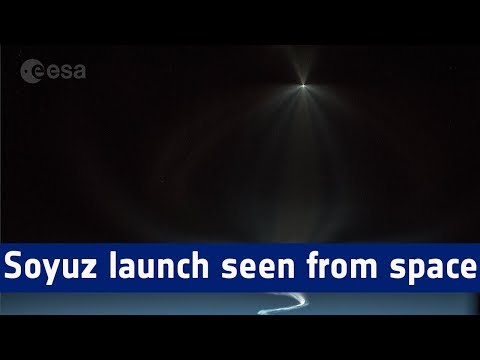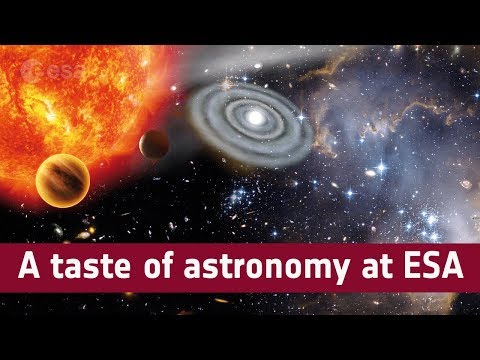ESA’s missions to the Sun
ESA’s new Sun-explorer, Solar Orbiter, will capture close-up images of never before seen regions of our parent star, including the poles, and study the electromagnetic environment in its vicinity. The cutting-edge spacecraft will get as close as 42 million kilometres away from the Sun, about a quarter of the distance between the Sun and Earth, and face scorching temperatures of up to 500°C.
ESA has a long history of studying the Sun from space. Since the launch of Ulysses in 1990, the agency has led or cooperated on several Sun-exploring missions including SOHO, the Cluster quartet and Proba-2.
Learn more about the Sun: http://bit.ly/LivingWithAStar
★ Subscribe: http://bit.ly/ESAsubscribe and click twice on the bell button to receive our notifications.
Check out our full video catalog: http://bit.ly/SpaceInVideos
Follow us on Twitter: http://bit.ly/ESAonTwitter
On Facebook: http://bit.ly/ESAonFacebook
On Instagram: http://bit.ly/ESAonInstagram
On Flickr: http://bit.ly/ESAonFlickr
We are Europe’s gateway to space. Our mission is to shape the development of Europe’s space capability and ensure that investment in space continues to deliver benefits to the citizens of Europe and the world. Check out http://www.esa.int/ESA to get up to speed on everything space related.
Copyright information about our videos is available here: http://www.esa.int/spaceinvideos/Terms_and_Conditions
#ESA
#SpaceScience
#Sun





Waiting for this long time
Je vais aller a mars inchallah
La terre est fini le champs magnétique terrestre décline toute la planète vas bientôt brûler fin du monde 2022 si l abeille disparaît l humanité n as plus que 3 années lumières à vivre Einstein à raison sur les abeilles
It’s easy to go to the sun without burning up, just go at night time.
2:55 Beautiful shot of the Netherlands
Do you think man will ever walk on the sun?
Congratulations to the successful launch. Looking forward to the data.
I wonder how the sun came to be…. a mass that just spontaneously caught fire? (if so… how?)…. maybe the mass got hit by an asteroid and caught fire, but if so, doesn't there have to be oxygen present? I do love to watch the live feeds of the sun, all thanks to ESA and SOHO!
Bello!
Good luck on learning more knowledge about our own Star.
When will ESA go to the moon?
Yes esa